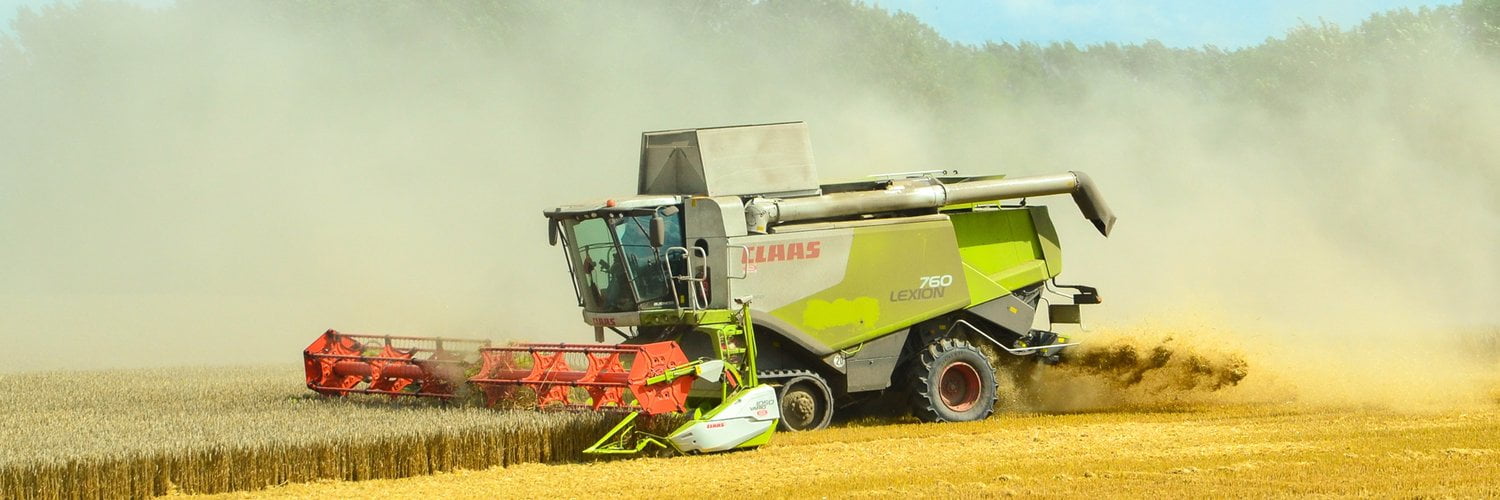Specialty crops are grown specifically for direct consumption, medicine or aesthetics (e.g., flowers, trees, and shrubs). The USDA defines specialty crops as, “fruit and vegetables, tree nuts, dried fruits, horticulture and nursery crops but most Americans would be familiar with specialty crops as fruits, nuts and vegetables. Specialty crops do not have the same appeal as commodity crops for farmers since the US Farm Bill makes it challenging to produce specialty crops; they are most often grown on small or mid-sized farms and they do not receive the same government incentives that commodity crops receive.
Commodity crops are plants that are not grown for direct consumption but for sale to a commodity market. Commodity crops can be grown in large quantities and stored because they are non-perishable and indistinguishable from each other (i.e., the kernel of one corn looks the same as 1000 other kernels of corn). The most common commodity crops in the United States are corn, soybeans, and wheat; some areas also grow other commodities such as cotton, sorghum, tobacco, sugar beets, and non-wheat cereal grains. These crops eventually end up in our food system by being processed as sweeteners, fillers, and animal feed which can be found in meat, dairy and eggs.
Commodity Crops Dominate
Globally, just four crops – soybeans, wheat, rice and corn – are grown on almost half the world’s agricultural lands. In the U.S. farms producing commodity crops far outnumber those producing specialty crops. Critics argue that this is because farms producing commodity crops are eligible for greater government subsidies as outlined in the U.S. Farm Bill. It’s estimated that there are more than 184,000 specialty crops farms across the country with a combined total of nearly 11 million acres of farmland. Compare this to the approximately 180 million acres devoted to corn and soybean commodity crops and it’s clear that farmers following the subsidies.

